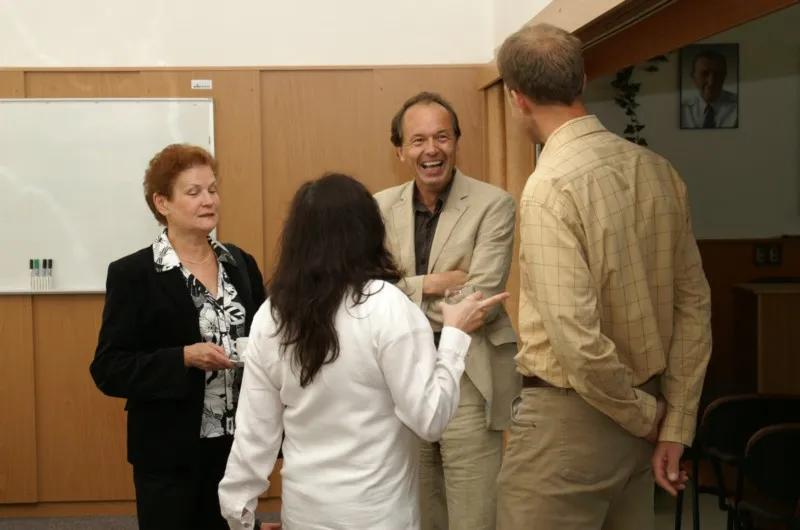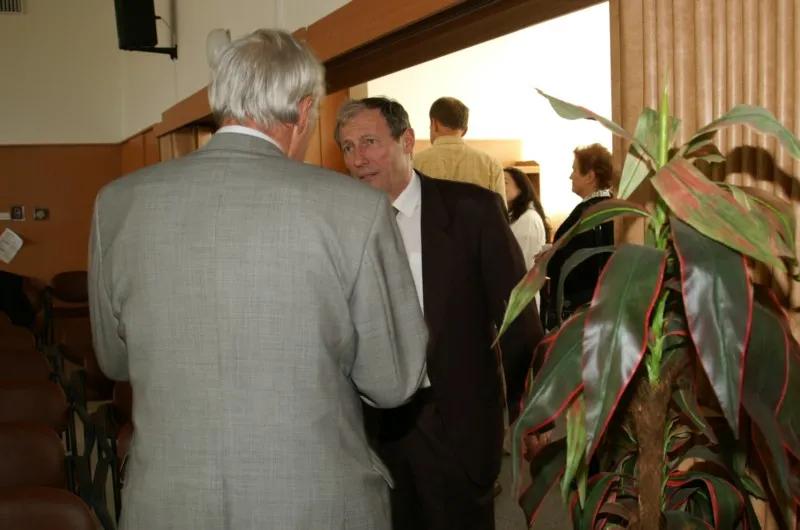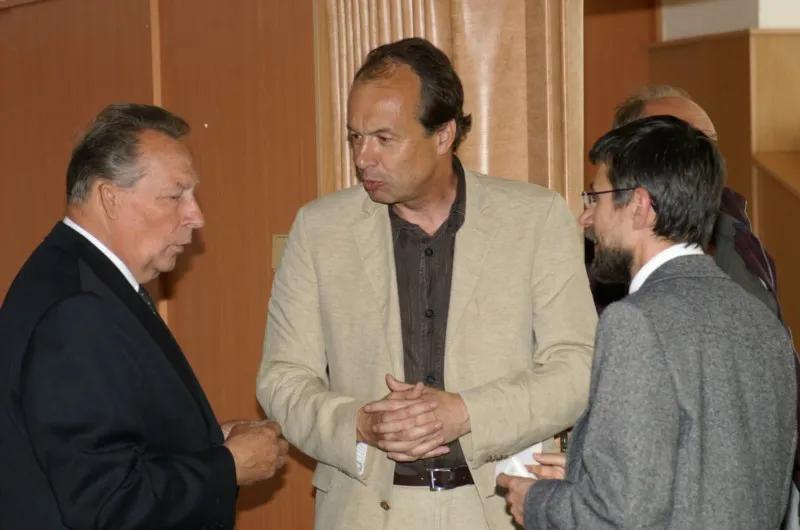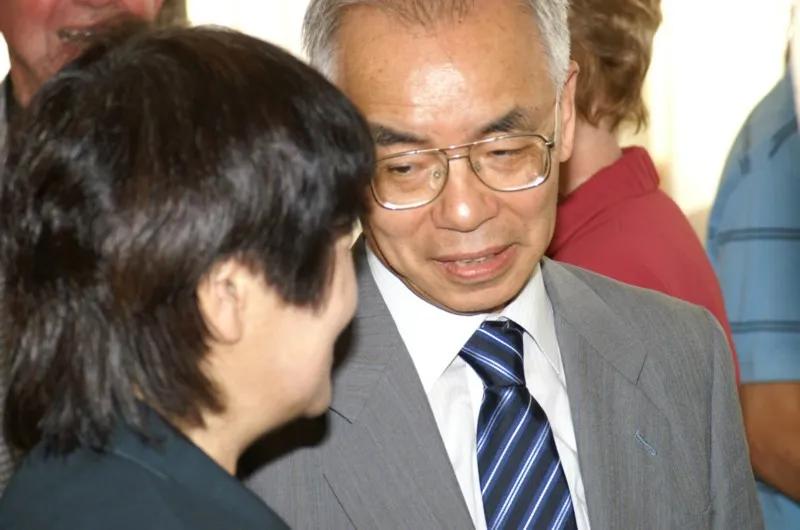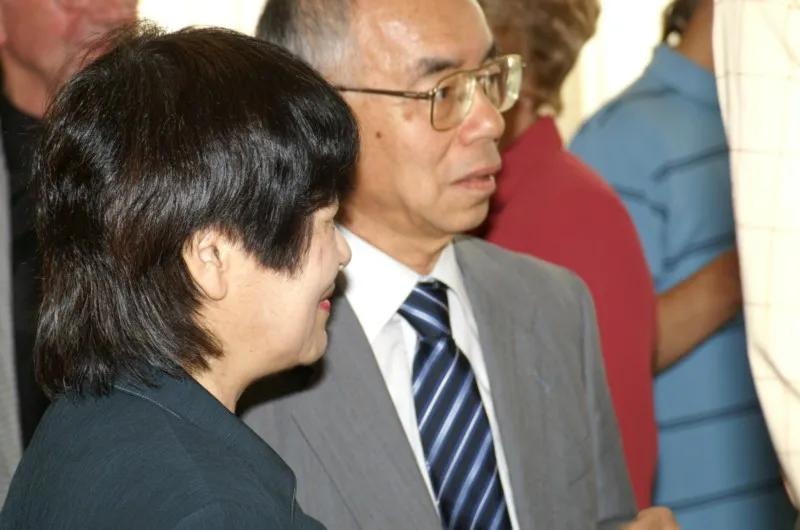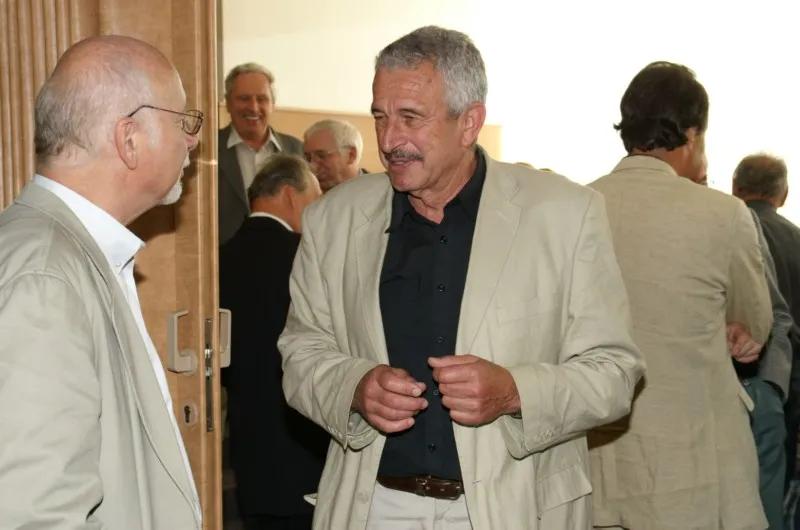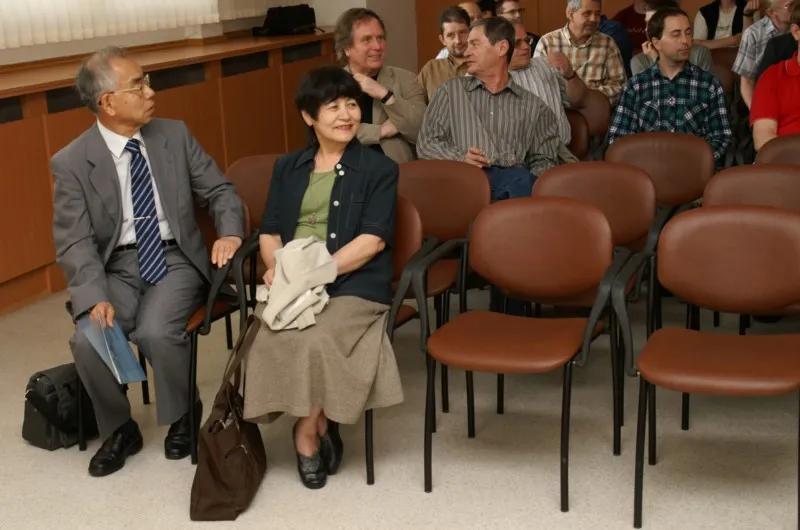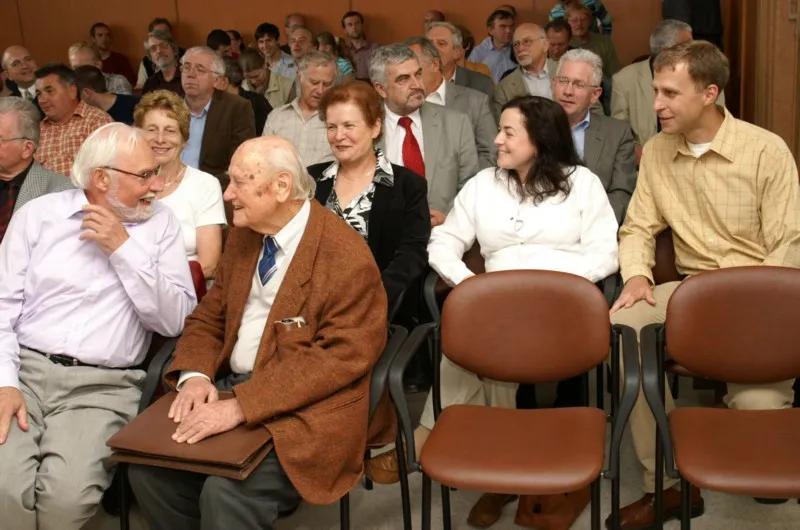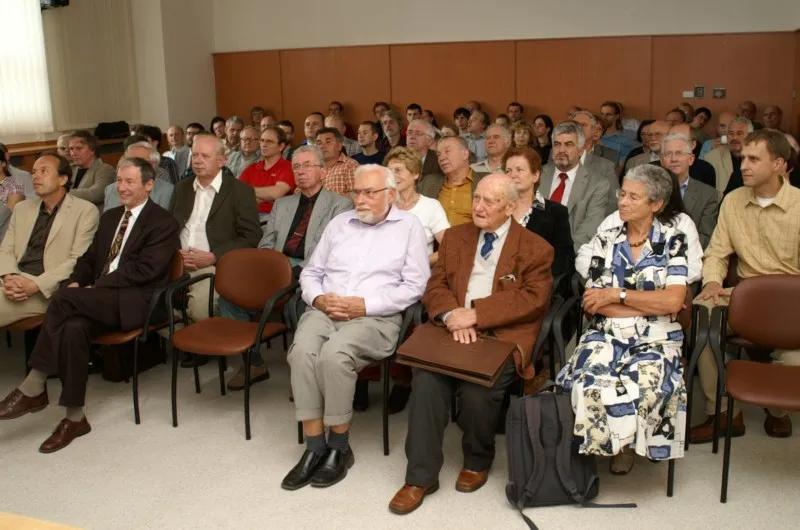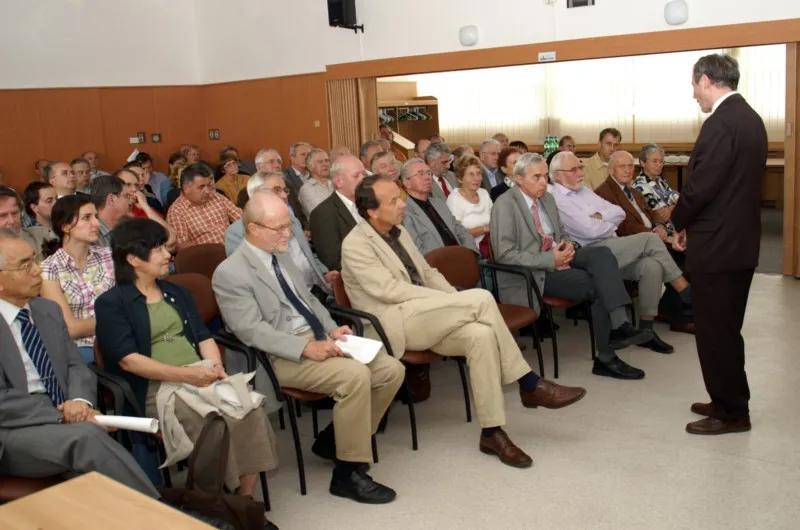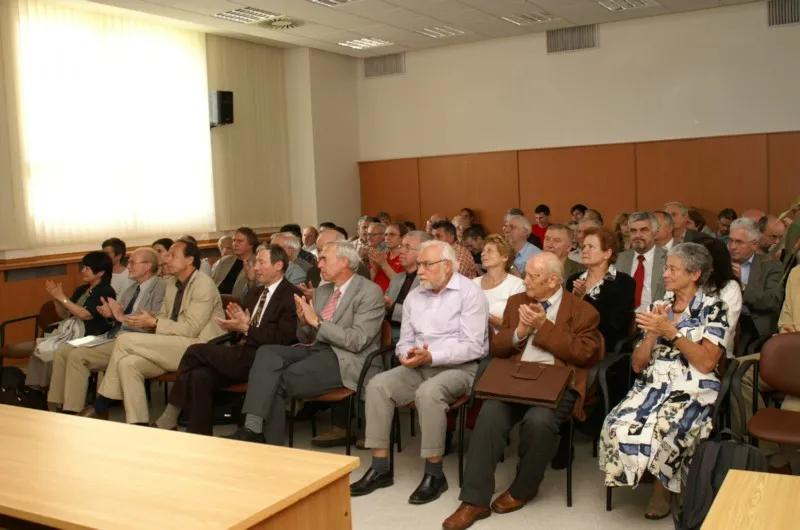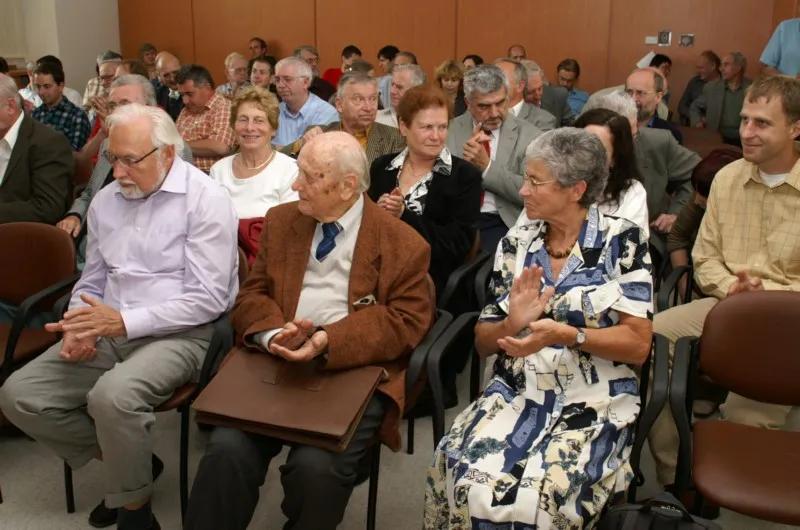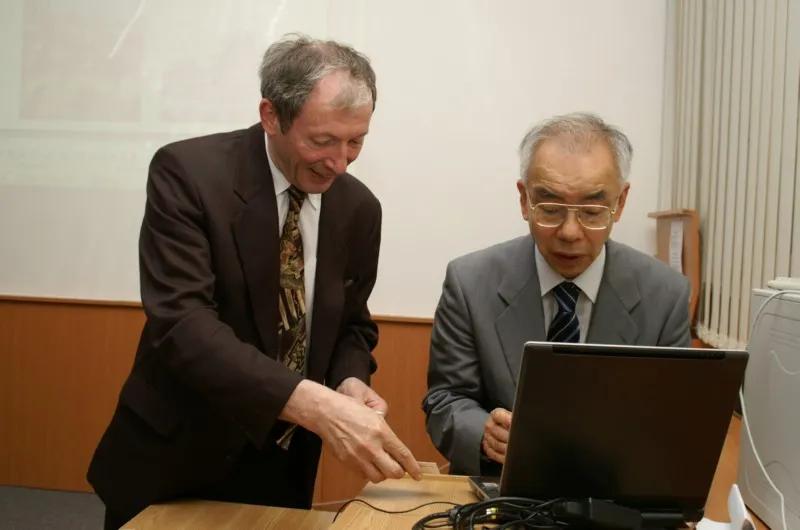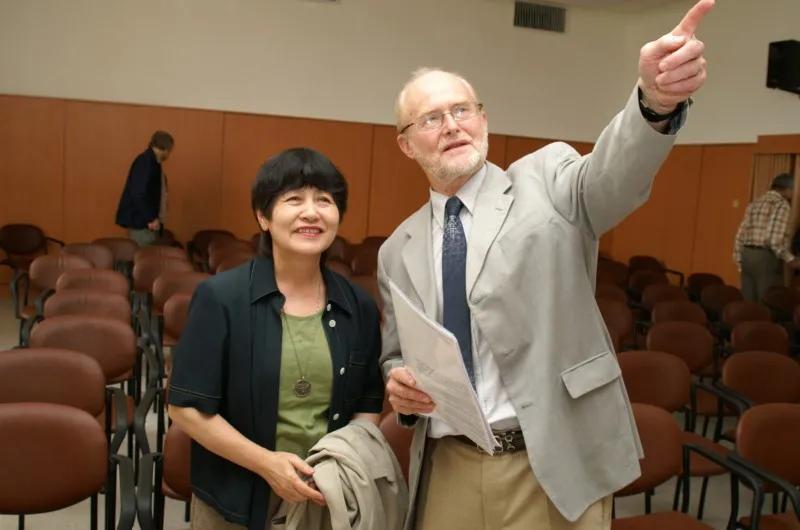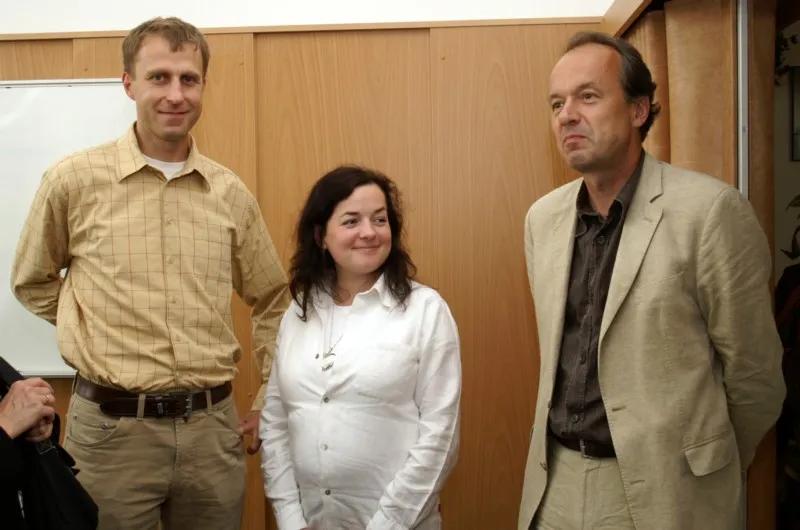The 1st Dvořák Lecture
Collaboration with Vladimir Dvorak started when he stayed in Nagoya for three months in 1975, and lasted until his final days. His visit to Nagoya gave me big stimuli and benefi ts. I could learn how to apply the group theory to phase transitions directly from him, and since then we could jointly make a certain contribution to the progress of the theory of ferroelectric phase transitions.
Among our joint works, the most memorable one is the development of the theory of the incommensurate phase transitions, of which much was not known at that time. This subject had been already discussed among us during his stay, but the fi rst joint paper reporting results of research appeared in J. Phys. Soc. Japan in January 1978, more than two years after his return to Prague. I am now reminded fondly of great patience required in Prague and Nagoya in the days of air-mail communication at the best.
Next, a theory of the morphotropic phase boundary (MPB) in the system of perovskite-type ferroelectric solid solutions will be presented. It has turned out that gigantic electromechanical responses found in solid solutions sitting in the vicinity of MPB are all attributable to a nearisotropic potential energy expressed in terms of the order parameters, that is, the x, y and z components of the polarization in the present case. This kind of view may be applied to improve physical properties of magnetostrictive rare earth – Fe2 compounds like Terfenol. Also the present idea may be utilized to produce soft magnets.
Finally, recent development of the theory of fi nite size ferroelectrics within the Tilley-Zeks model will be told, where the extrapolation length is introduced to specify the boundary conditions. After having been able to interpret the extrapolation length in a physically reasonable way, we could derive the exact expressions for the transition temperature, the linear and nonlinear dielectric susceptibilities, the Curie constant, the characteristic modes and frequencies for any combination of the extrapolation length at both boundaries. These exact expressions will provide fi rm bases when investigating systems, which consist of many different regions of finite size.


